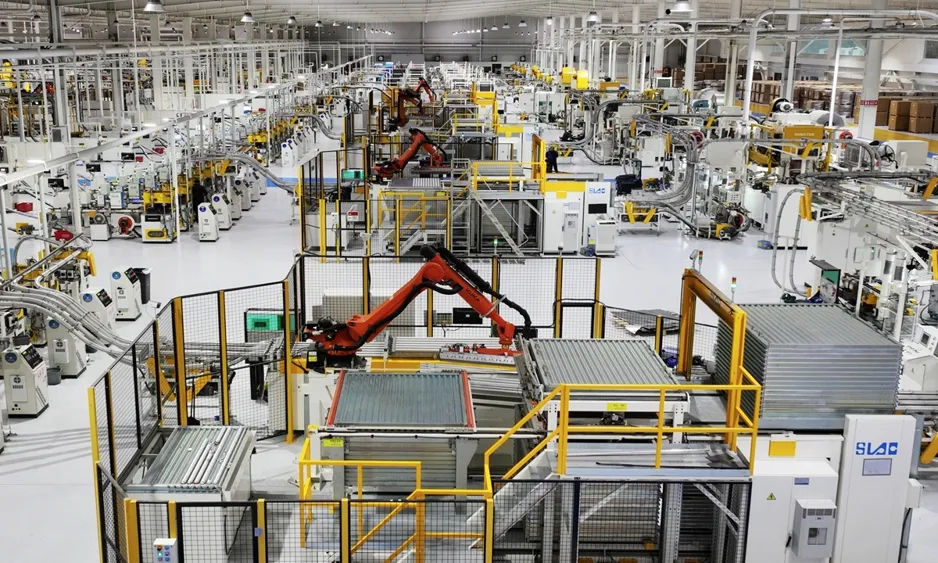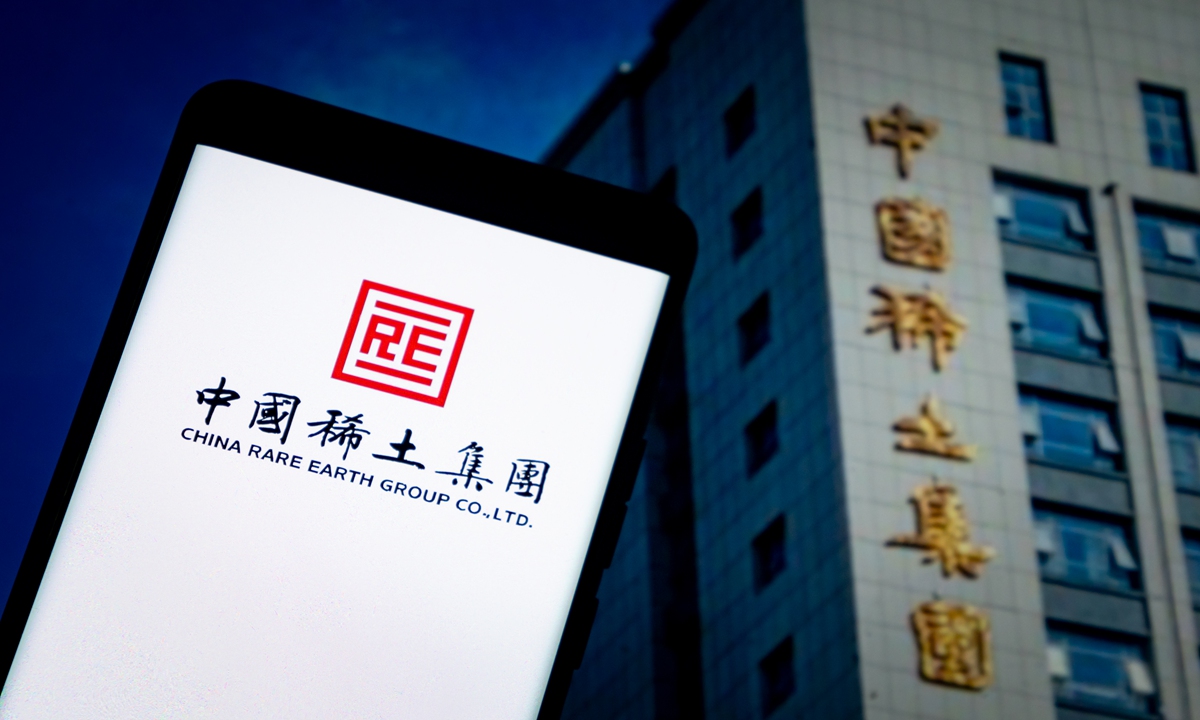China 2025 The World Observes Strategic Power Moves

As the 14th Five-Year Plan in China draws to a close, the global community is closely observing the emergence of a strategic development model that intricately weaves state planning with technological innovation. This approach aims to address regional disparities, contrasting sharply with the political unpredictability and crisis cycles prevalent in Western nations. China's ability to provide stability and predictability is increasingly recognized as a competitive edge in the 21st century.
Entering 2025, which marks the conclusion of the 14th Five-Year Plan initiated in 2021, China showcases the fruits of its comprehensive planning efforts. The country has reported substantial advancements in fields such as science, technology, green infrastructure, and equitable economic growth across different regions.
While Western countries are engrossed in discourse around economic crises and political discord, China has been methodically pushing forward with its national development strategy. This focus has fostered growth through innovation, enhanced social cohesion, and led the way in environmental responsibility, prompting some analysts to assert that the Chinese model may well define the contours of the 21st century.
In stark contrast to neoliberal economies that are often at the mercy of electoral cycles, China adheres to medium- and long-term economic plans which focus on directing investments, fostering innovation, and driving structural change. The 14th Five-Year Plan set forth ambitious targets centered on quality growth, emphasized energy transitions, promoted the digital economy, and bolstered food and energy security. Additionally, with artificial intelligence categorized as a strategic asset, the new "AI Plus" initiative further cements its position as a leader in advanced technology.
The tangible outcomes of these strategic endeavors are particularly noticeable in the green technology sector. China commands over 60% of global solar panel production and accounts for more than half of the world's electric vehicle sales. This commitment to electric mobility and the creation of smart cities, alongside significant advancements in clean energy initiatives, positions China as a leading testbed for the global ecological transition, all while maintaining an annual economic growth rate surpassing 5%, a remarkable feat amid global economic stagnation.
A critical element of the strategy has been addressing the disparity between the economically developed coastal regions and the historically disadvantaged interior. Efforts have been made to stimulate the development of inland areas, moving investment away from overcrowded coastal cities with the goal of achieving greater regional balance. New infrastructure, such as railways and technology hubs, along with the establishment of free trade zones have spurred economic activity in these neglected regions, lessening inequality and strengthening the domestic market through a strategy known as "double circulation." This concept prioritizes boosting domestic consumption while maintaining robust export performance.
Medium-sized cities in the interior are now emerging as significant industrial and technological centers, equipped with sophisticated railway systems and logistics capabilities. This development stands in contrast to the inconsistent infrastructure policies observed in countries like Brazil, where a lack of coordinated federal strategy hampers progress.
Additionally, the 14th Five-Year Plan has spotlighted "technological self-sufficiency" in light of the challenges posed by U.S. trade restrictions. China's response to the trade war has been to accelerate the substitution of imports in key sectors such as semiconductors, robotics, defense, and big data. Rather than retreating from global interactions, China has sought to deepen ties with BRICS nations and other Global South countries, actively reshaping international trade through initiatives like the Belt and Road Initiative.
Challenges remain, including an aging workforce and existing geopolitical tensions with the United States. Nevertheless, as 2025 approaches, China is poised to enter this pivotal year with a more diverse, technologically adept, and socially integral economy. It is rapidly transcending its label as merely the world's industrial powerhouse and is evolving into a model for how strategic planning can enable sustainable development, countering chronic dependencies.
As we ponder the future, analysts such as Kishore Mahbubani suggest that the next decade will belong to Asia, attributing this to China's persistent investment in long-term strategies. In contrast, Western economies, ensnared in conflicts and financial turmoil, seem to have lost their capacity to dream and strategically plan for future growth.
Read These Next

General Motors to Focus on Personal Use Autonomous Vehicles
GM shifts focus to autonomous vehicles for personal use, aiming to meet changing market demands and advance smart mobility.

Sam Altman calls AGI 'not a super useful term'
Sam Altman, CEO of OpenAI, declares that the term 'artificial general intelligence' (AGI) is losing relevance in light of rapid advances in specialized AIs, suggesting a shift towards practical applications instead.

China Rare Earth Group Denies Rare Earth Yuan Stablecoin Rumors
China Rare Earth Group denies rumors of a 'rare earth yuan stablecoin' and urges vigilance against misinformation.
